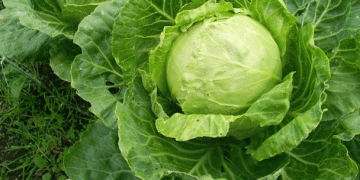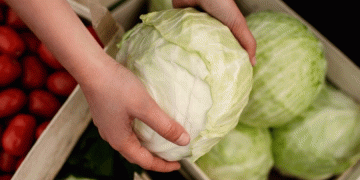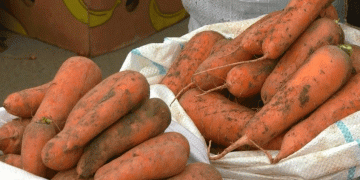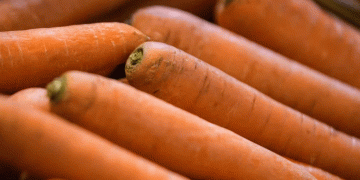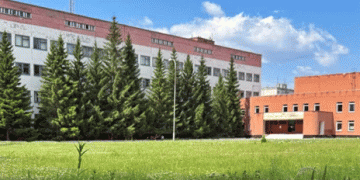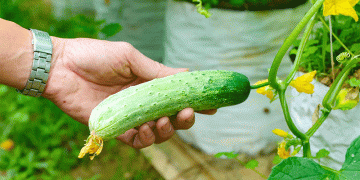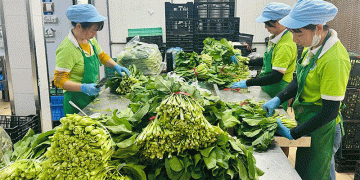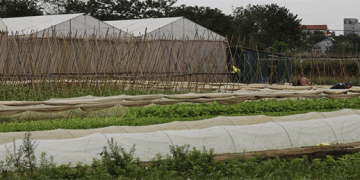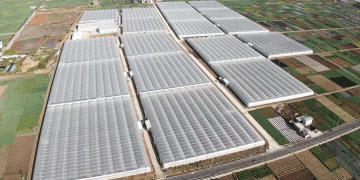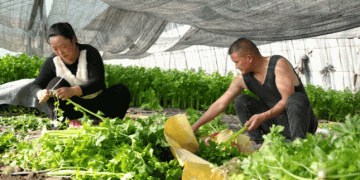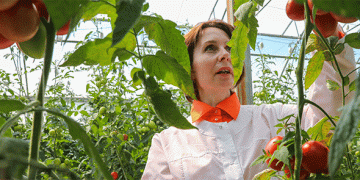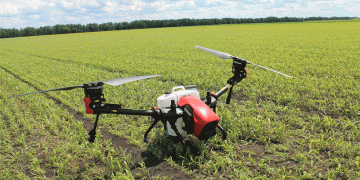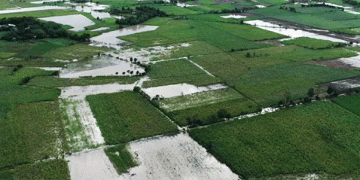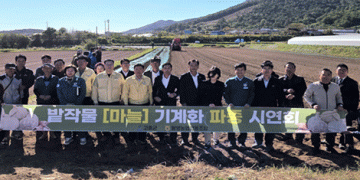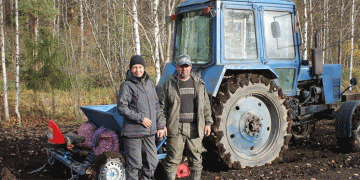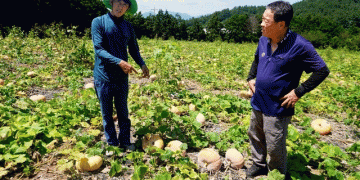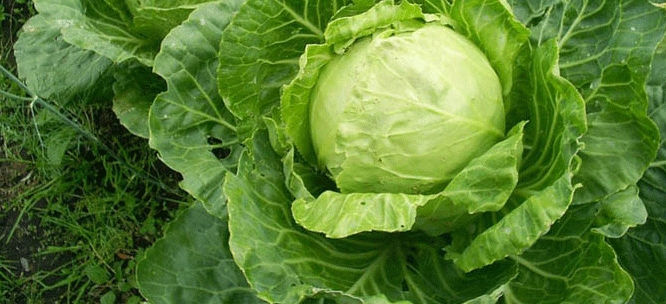The agricultural season in Russia’s Leningrad Oblast has entered a crucial phase as farmers begin hand-harvesting early cabbage varieties across 10 hectares. According to the regional Agro-Industrial Committee, approximately 260 tons of cabbage and other leafy greens have already been collected, with produce distributed to wholesale hubs and retail stores via direct contracts.
One notable farm leading the harvest is that of Khurshed Musofirov in Koporye, which cultivates 50 hectares of cabbage, 20 hectares of carrots, and 10 hectares of beets. The reliance on manual labor highlights the region’s focus on quality control, though it also presents challenges in terms of labor availability and costs.
Expanding Vegetable Production in 2025
This year, Leningrad Oblast farmers have allocated 1,700 hectares for vegetable cultivation, with cabbage, carrots, and beets being the primary crops. While the region benefits from fertile soils and moderate climates, labor shortages and rising production costs remain key concerns.
Globally, the demand for fresh, locally grown vegetables is increasing. According to FAO (2025), small-scale farms employing selective harvesting techniques can achieve 10-20% higher market prices due to superior product quality. However, mechanization trends are also growing, with European farms reducing labor dependency by 30% through automated harvesting solutions (AgroTech Europe, 2024).
Leningrad Oblast’s early cabbage harvest demonstrates both the potential and challenges of small-scale vegetable farming. While manual harvesting ensures high-quality yields, adopting partial mechanization and direct retail partnerships could enhance profitability. Strengthening supply chains and investing in sustainable practices will be crucial for long-term growth.
